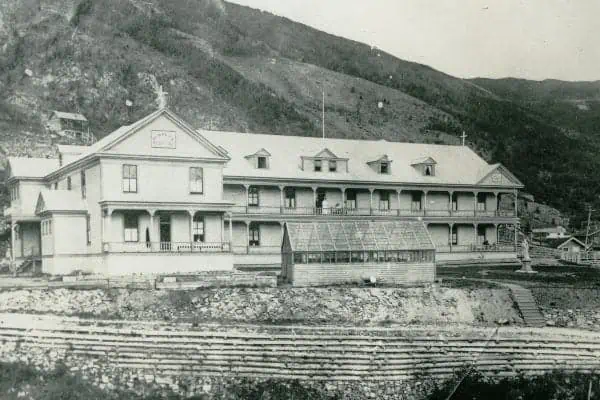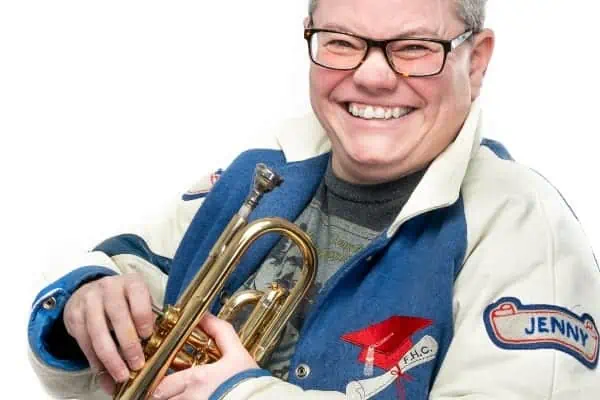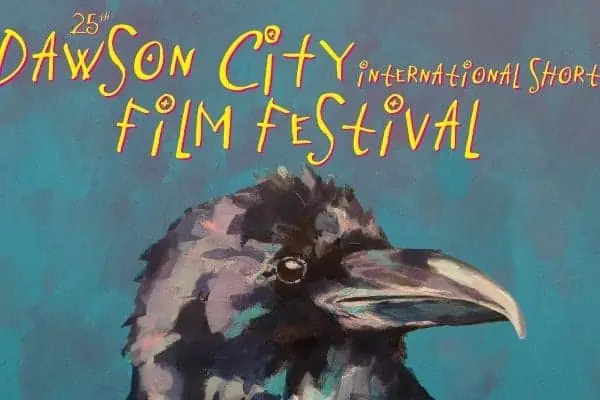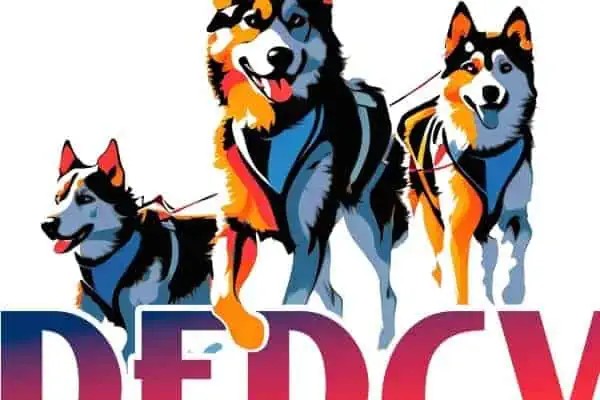The way Greg Hakonson
tells it, the Dawson City Arts Society (DCAS) had its beginnings in a chance encounter with his across-the-street neighbor, artist John Steins.
“We started chatting, and decided we should build an arts society,” Hakonson says. “He was coming at it from the arts side, and I was coming at it from the economy side.”
A long-time alluvial gold miner and accomplished wood carver who claims he merely dabbles in the arts, Hakonson became head of the new society and began actively promoting his dream of the arts as a way to bolster the town’s economy.
“He’s just a visionary,” filmmaker Dan Sokolowski says of Hakonson.
“The best thing that Greg always says is ‘Why not?’ You say, ‘Let’s let’s build an art school,’ and people would say, ‘Well, why?’ Greg would say, ‘Why not?’”
Klondike Sun editor Dan Davidson offers a similar view.
“His is a mind that’s always busy, always coming up with things,” Davidson says.
“He’s always in somewhat of a hurry, but he does inspire people. He plants seeds, basically, and then tries to get other people to take over the care of the garden.”
Hakonson himself says he likes to focus on what’s possible.
“I like to think about what would happen if we achieved something great, realizing that quite often you won’t make it. But even if you get halfway there, you’re probably doing pretty good.”
Part of Hakonson’s vision traces back to his boyhood days in and around Dawson’s abandoned heritage buildings that were “full of all their contents and just locked up and left,” he says.
“We played in those buildings with all the stuff that was in them, and became quite attached.”
One building that held particular memories was the historic Odd Fellows Hall on Second Avenue. By the time the DCAS got started, it was owned by the Klondike Visitors Association (KVA), which had done little to the building beyond stabilizing the foundation.
“They had no vision or money to do anything with it,” Hakonson says.
“So we went and talked to them and said, ‘Well, we have a vision, and we think we can get the money. Would you be willing to contribute the building?’”
The KVA agreed to a dollar-a-year lease until the society was in a position to take over.
“We realized that nobody is going to put that kind of money into arts,” Hakonson admits. “Eighty per cent of Canadians are interested in sports, but only 20 in the arts. So, she’s a tough sell at the best of times.”
After studying the economic benefits of having arts in a community, the DCAS developed a sales pitch “heavily weighed to our work being more about creating a new economic engine,” he says.
Within two years, the society had raised $800,000, including a grant from the territorial Community Development Fund. In autumn 1999, the refurbished building opened as the home of the Klondike Institute of Art and Culture.
But that was just the first step for Hakonson and the DCAS.
“The bigger picture goal was to create a four-year degree-granting university, a fine arts university. We strategized and envisioned that that would be the vehicle for expanding into these heritage buildings.”
During a pancake breakfast he and his wife, Shelley, hosted, Hakonson laid out the society’s case to then-Premier Dennis Fentie and Klondike MLA Peter Jenkins.
A typical hardrock mine in the territory employs about 300 people, has an average lifespan of 10 years, and costs millions of taxpayer dollar to get established.
A four-year degree-granting university would attract a similar number of students and teachers to the community, and would last indefinitely.
“And we said, ‘It won’t take millions and millions to get this thing going. We just need that building and some money to renovate it, and we’ll make a start at it,’” Hakonson told Fentie, who agreed.
In 2004, the KIAC School of Visual Arts (SOVA) opened in a 7,500-square-foot government building that had served a multitude of purposes over the years, had been condemned several times, and was slated for demolition.
As he had done with the Odd Fellows Hall, Hakonson himself designed and took charge of the restoration.
The school has since been renamed Yukon SOVA, and operates through a partnership of DCAS, Tr’ondëk Hwëch’in First Nation and Yukon College.
As an accredited arts college, it allows students in various disciplines to complete their first year toward a bachelor’s degree, which they can then pursue at one of several degree-granting institutions elsewhere in Canada.
After 12 years at the helm, fearing it might become “the Greg Hakonson Society of the Arts”, Hakonson decided to step aside from the DCAS.
“He likes to get things started, then he likes to get out of the way. But he likes to keep an eye on the things that are his dream,” Davidson says.
As for Hakonson’s bigger dream of adding an arts leg to what Davidson calls Dawson’s economic “tripod” of mining, tourism and government, the editor offers a candid assessment.
“You’d have to say that it wouldn’t be anywhere near what it is now without Greg’s influence.”




